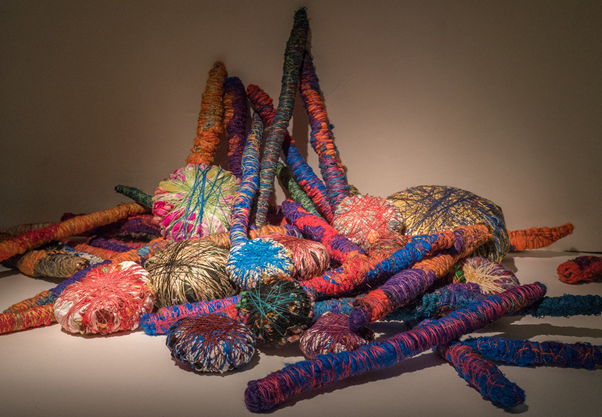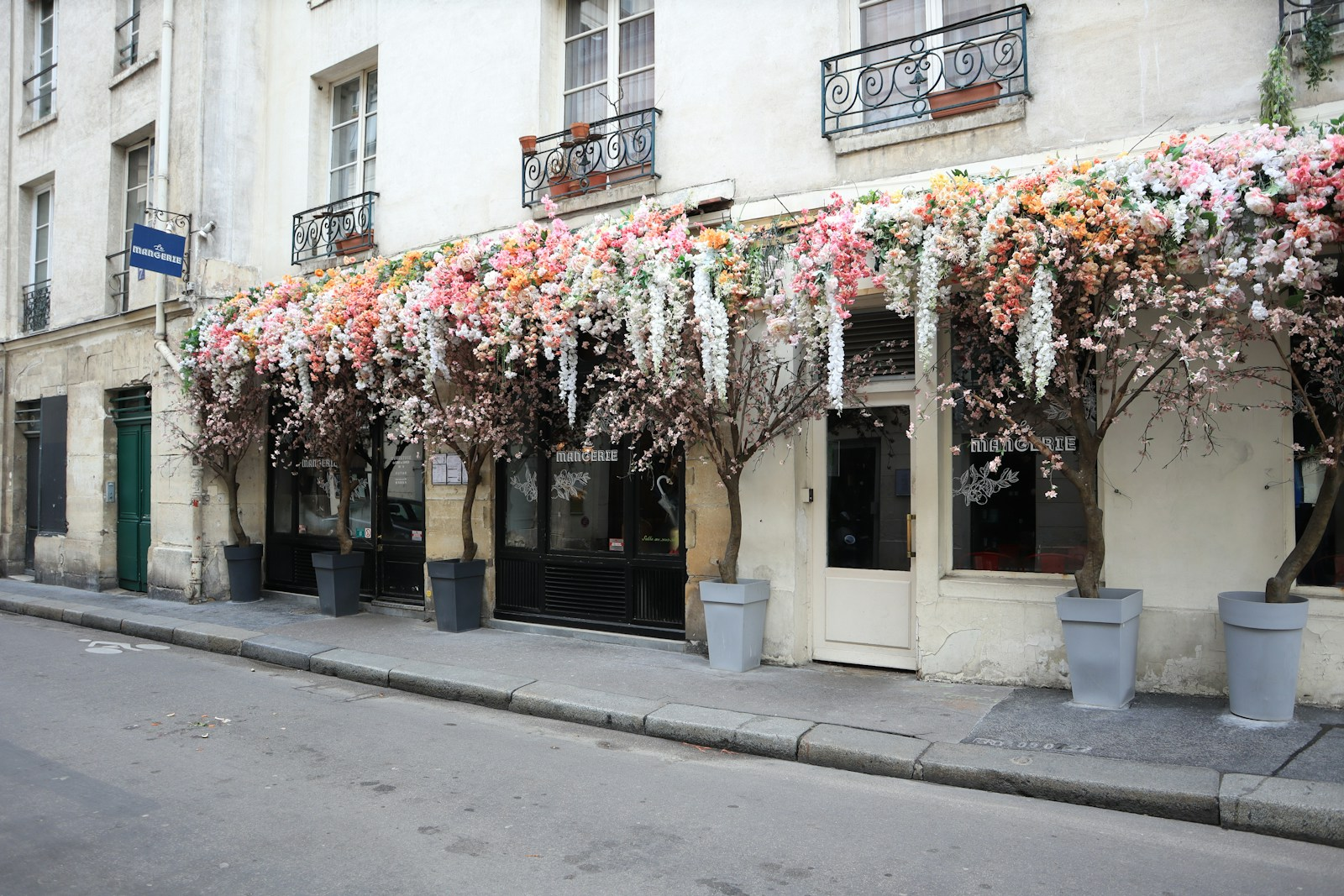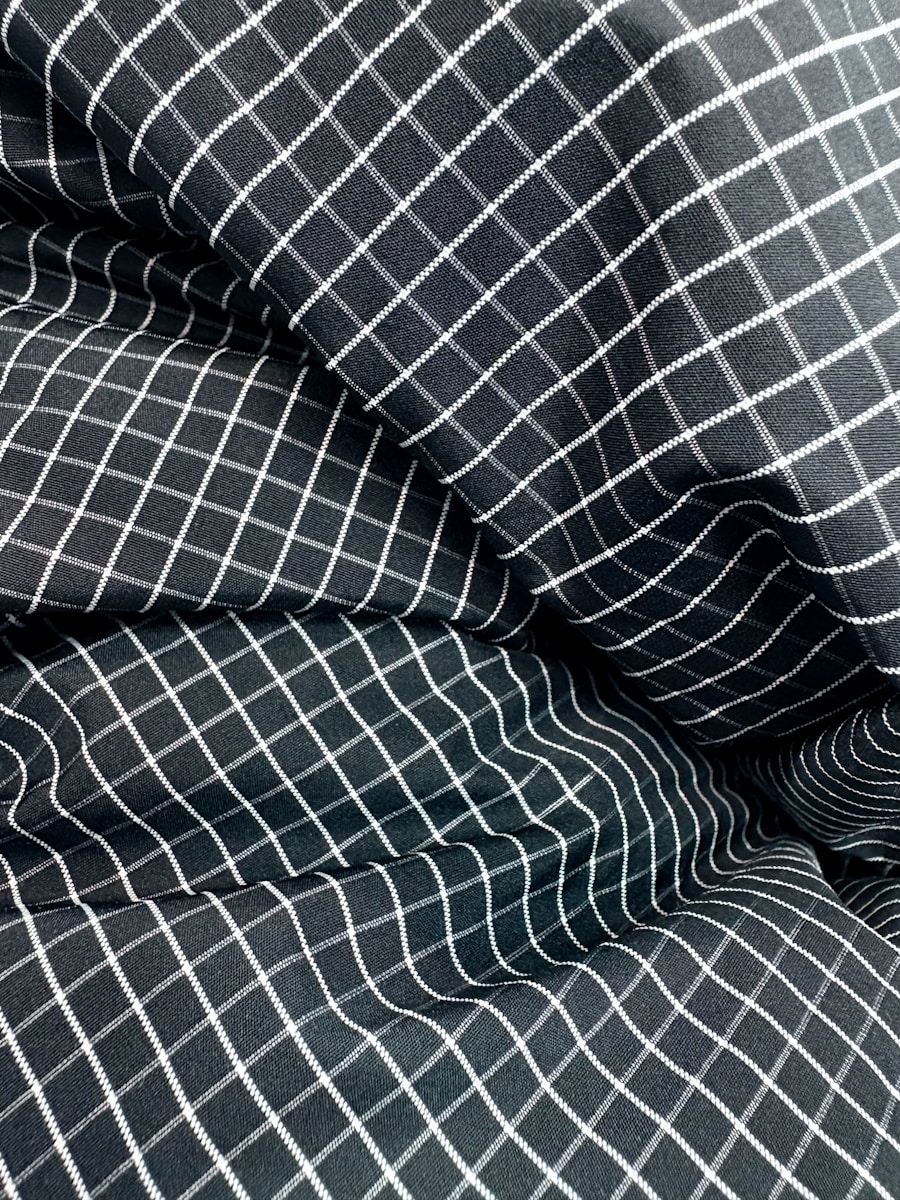Sheila Hicks: Weaving Cultural Heritage into Textile Design
Sheila Hicks merges textile art and design to highlight cultural heritage, blending traditional craft, identity, and visual storytelling.

Sheila Hicks has spent decades transforming thread, fiber, and yarn into works that are as intellectually rigorous as they are visually striking. At the intersection of art, design, and cultural storytelling, Hicks has redefined what textiles can communicate. She does not simply weave fabric—she weaves identity, history, and place into each piece, creating objects that tell stories far beyond their physical form.
Hicks’s work spans monumental public installations, intimate weavings, and experimental sculptural forms. From her early days studying at Yale under Josef Albers to her travels across Latin America, Africa, and Asia, Hicks absorbed traditional techniques and integrated them into her modernist sensibility. Every color choice, every twist of fiber, and every structural decision reflects her commitment to honoring cultural practices while pushing design into new, uncharted territories.
Craft as cultural storytelling
For Sheila Hicks, textiles are a language. Each thread is a line in a narrative that spans geography and time. By learning from local artisans and traditional craft methods, Hicks ensures that her work does not exist in isolation. Her small-scale weavings might reference pre-Columbian patterns from Peru, while her large-scale installations evoke the rhythmic patterns of African and Native American textiles. In this way, her pieces become living archives, preserving cultural heritage while inviting contemporary interpretation.
Hicks’s approach challenges the conventional separation of art and craft. She treats the loom, the fiber, and the materiality of textiles as equal partners in storytelling. Her work highlights the intelligence, skill, and aesthetic knowledge embedded in traditional techniques while transforming them into something entirely contemporary. Museums, galleries, and collectors around the world now display her works as both design objects and culturally significant art pieces, cementing her influence on the broader visual culture.
Blending identity with innovation
Sheila Hicks also uses her work to explore identity and social context. Her installations often play with scale, texture, and form to create immersive environments that challenge perceptions of space and human experience. By bringing the richness of diverse textile traditions into modernist frameworks, Hicks bridges the gap between cultural specificity and universal design principles. Her work asks viewers to reconsider how craft communicates meaning, identity, and memory in both subtle and profound ways.
Through collaborations with architects, designers, and other artists, Hicks has also emphasized the role of textiles in shaping spaces and experiences. She demonstrates that design is not only visual but also sensory, tactile, and spatial. Each installation engages the body and mind, making the audience an active participant in understanding cultural narratives embedded in the fibers.
Legacy and influence
Today, Sheila Hicks stands as a model for designers, artists, and craft practitioners who seek to honor heritage while innovating. She shows that textiles can do more than decorate—they can educate, preserve, and provoke thought. Her work bridges generations and geographies, reminding us that design is inherently cultural and deeply human.
Hicks’s career proves that craft is not just a technique but a medium for storytelling, identity-building, and cultural advocacy. By merging textile art with design, she has created a legacy that continues to inspire makers, thinkers, and audiences worldwide. Every thread tells a story, and in Sheila Hicks’s hands, those stories are both timeless and urgent.




